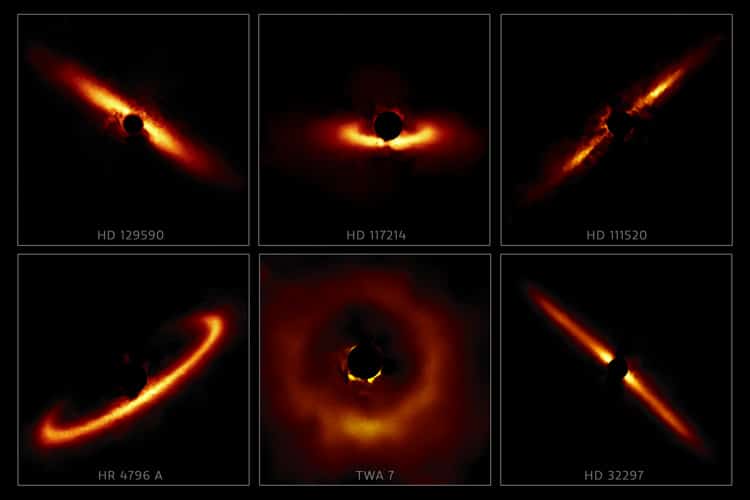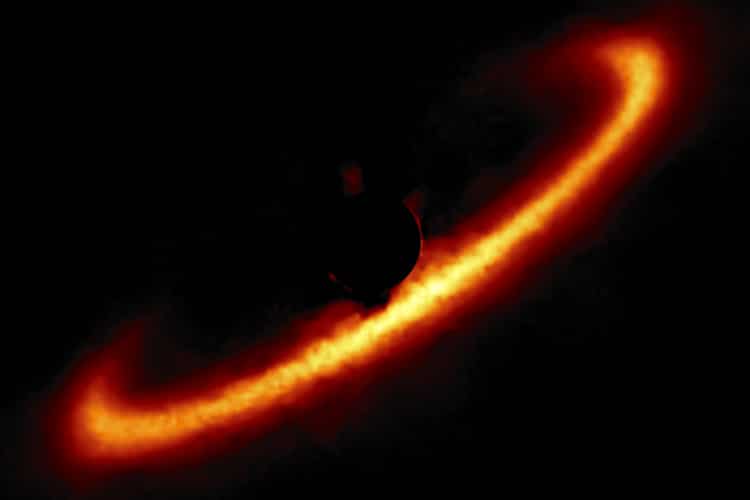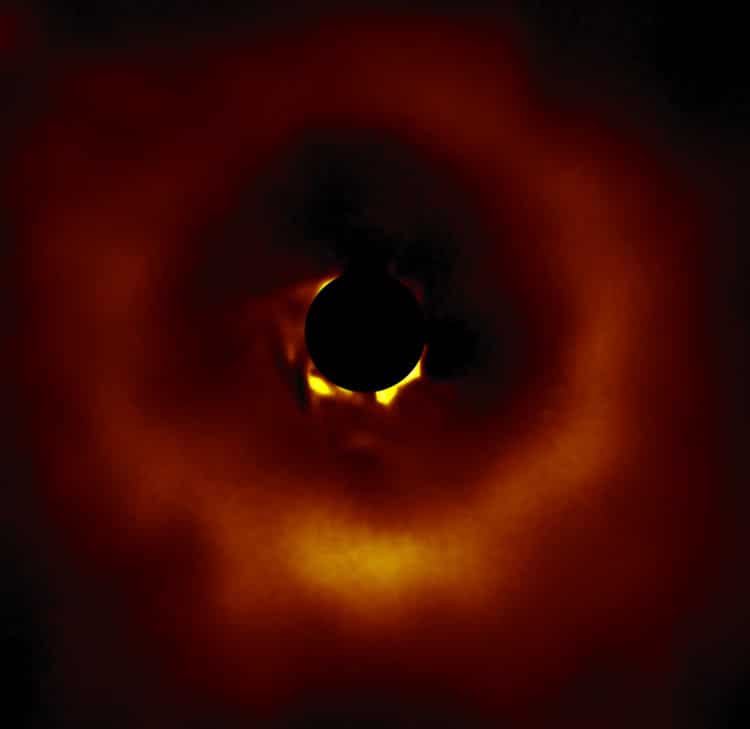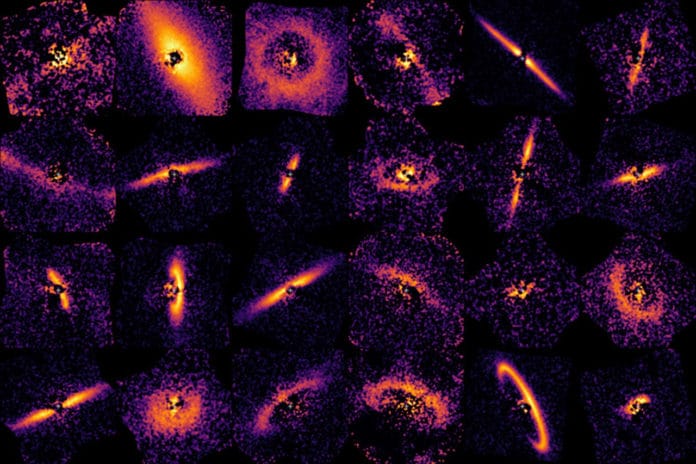Astronomers recently released the most extensive collection of sharp, detailed images of debris disks around young stars. Over four years, a precision instrument took the images, the Gemini Planet Imager (GPI), mounted on the 8-meter Gemini South telescope in Chile.
The images showcase a variety of shapes and sizes of stellar systems during their prime planet-forming years. And fascinatingly, almost all showed evidence of planets.
Tom Esposito, a postdoctoral fellow at the University of California, Berkeley, said, “It is often easier to detect the dust-filled disk than the planets, so you detect the dust first and then you know to point your James Webb Space Telescope or your Nancy Grace Roman Space Telescope at those systems, cutting down the number of stars you have to sift through to find these planets in the first place.”

The images showing debris disks are equivalent to the Kuiper Belt in our solar system. Among 26 images of debris disks, 25 of them had “holes” around the central star that likely were created by planets sweeping up rocks and dust.
What’s more, 07 out of 26 were previously unknown. Earlier images of the other 19 were not as sharp as those from GPI and often didn’t have the resolution to detect an inner hole. The survey doubles the number of debris disks imaged at such high resolution.
Esposito said, “One of the things we found is that these so-called disks are rings with inner clearings. GPI had a clear view of the inner regions close to the star, whereas, in the past, observations by the Hubble Space Telescope and older instruments from the ground couldn’t see close enough to the star to see the hole around it.”

The GPI targeted 104 stars that were unusually bright in infrared light, indicating they were surrounded by debris reflecting the light of the star or warmed by the star. The instrument recorded polarized near-infrared light scattered by small dust particles, about a thousandth of a millimeter (1 micron) in size, likely the result of collisions among larger rocks in a debris disk.
Esposito said, “There has been no systematic survey of young debris disks nearly this large, looking with the same instrument, using the same observing modes and methods. We detected these 26 debris disks with very consistent data quality, where we can compare the observations, something that is unique in terms of debris disk surveys.”
Paul Kalas, a UC Berkeley adjunct professor of astronomy who is the second author of the paper, said, “It is like the perfect fishing spot; our success rate was much greater than anything else we have ever done.”

Esposito said, “Because all seven are around stars that were born in the same region at roughly the same time, “that group itself is a mini-laboratory where we can compare and contrast the architectures of many planetary nurseries developing simultaneously under a range of conditions, something that we didn’t have before.”
Of the 104 stars observed, 75 had no disk of size or density that GPI could detect, though they may be surrounded by debris left over from planet formation. Three other stars were observed to host disks from the earlier “protoplanetary” phase of evolution.
What did our solar system look like in its infancy?
The extent of the debris disks varied generally. However, most extended somewhere in the range of 20 and 100 AU. These were around stars that ranged in age from tens of millions of years to a few hundred million years, a very dynamic period for the evolution of planets. Most were larger and brighter than the sun.
One of the stars, called HD 156623, did not have a hole in the center of the debris disk. It was one of the youngest in the group, which fits with theories of how planets form.
Initially, the protoplanetary disk should be relatively uniform, but as the system ages, planets form and sweep out the inner part of the disk.
Esposito said, “When we look at younger circumstellar disks, like protoplanetary disks that are in an earlier phase of evolution when planets are forming, or before planets have started to form, there is a lot of gas and dust in the areas where we find these holes in the older debris disks. Something has removed that material over time, and one of the ways you can do that is with planets.”
Because polarized light from debris disks can theoretically tell astronomers the dust’s composition, Esposito hopes to refine models to predict the composition — particularly, to detect water, which is thought to be a condition for life.
Studies like these could help answer a lingering question about our solar system.
Journal Reference:
- Thomas M. Esposito et al. Debris Disk Results from the Gemini Planet Imager Exoplanet Survey’s Polarimetric Imaging Campaign, The Astronomical Journal. DOI: 10.3847/1538-3881/ab9199
